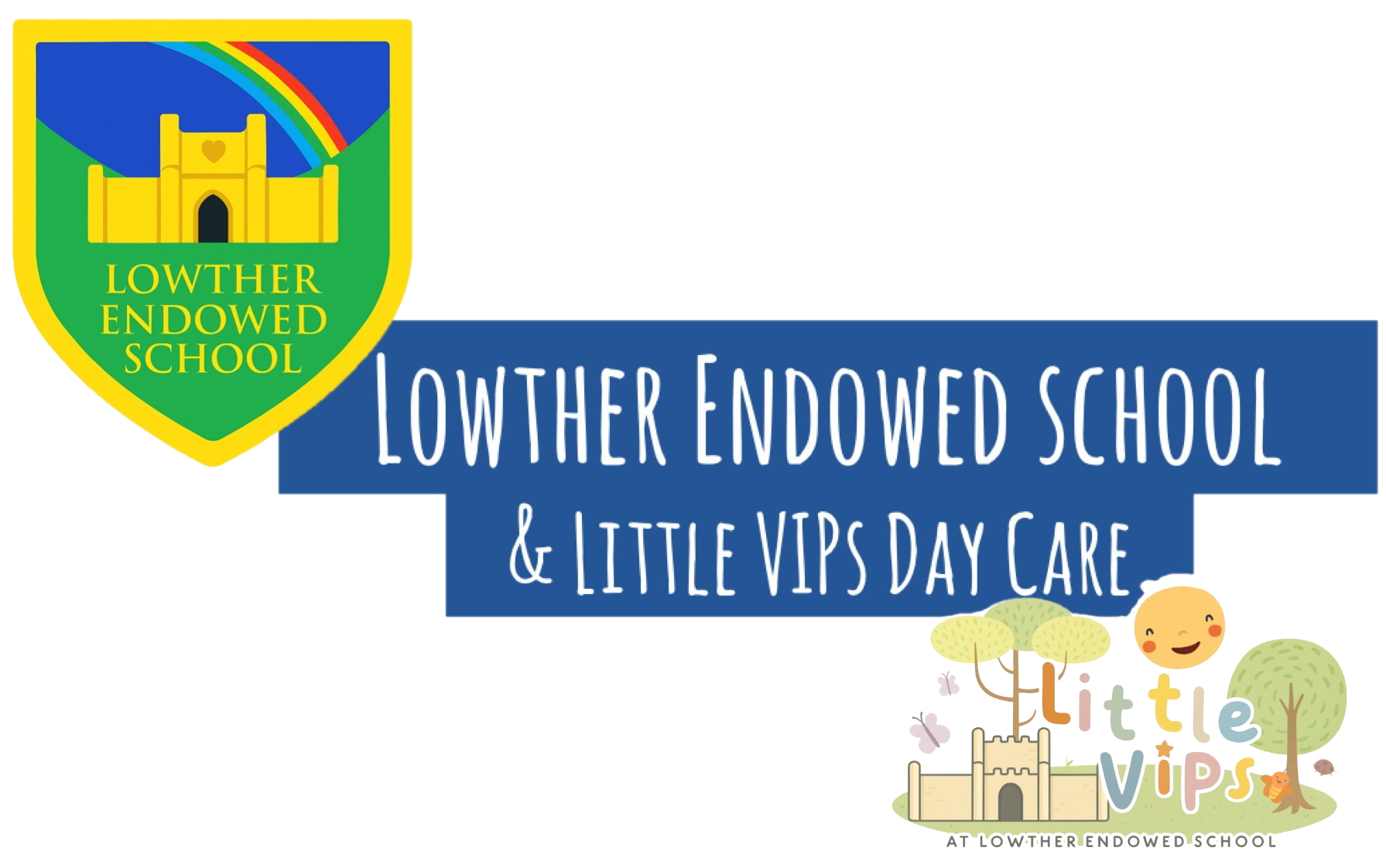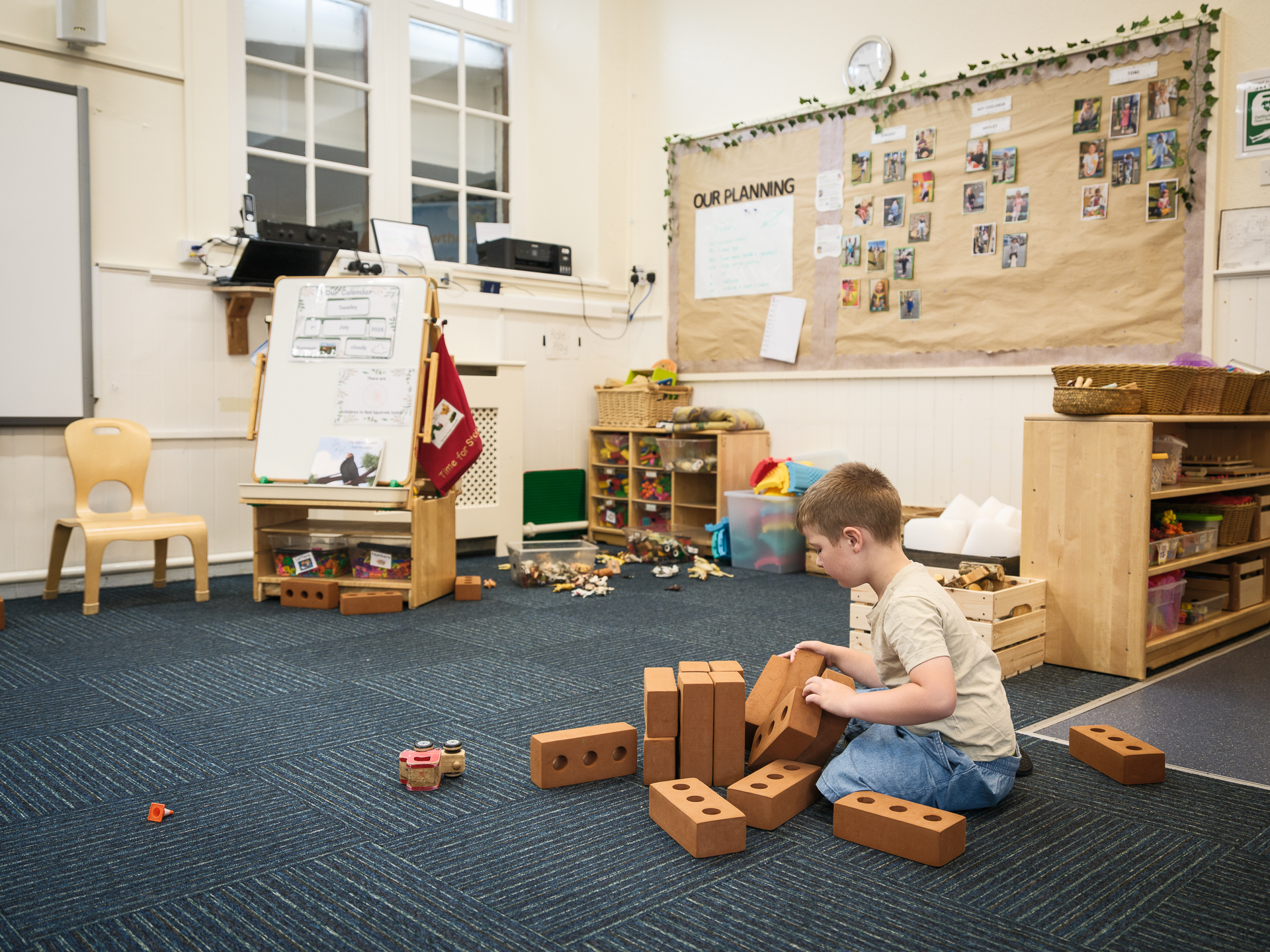Art and Design

Art will provide your child with the opportunity to develop their creativity. Children will be given the opportunity to express themselves using a variety of media which will include pastels, crayons, clay, textiles and other collage materials.
Our topic work will provide the opportunity for your child to develop their skills and work individually and collaboratively with children in our own and other schools.
Intent
At Lowther Endowed School, our Art curriculum aims to fully meet the National Curriculum as a minimum, while fostering creativity, self-expression, and appreciation of visual culture. We are committed to ensuring that all children are taught to:
-
Use a range of materials creatively to design and make products.
-
Use drawing, painting, and sculpture to explore, develop, and communicate their ideas, experiences, and imagination.
-
Develop a wide range of art and design techniques using colour, pattern, texture, line, shape, form, and space.
-
Learn about and respond to the work of a variety of artists, craft makers, and designers—comparing different styles, practices, and disciplines, and making connections to their own work.
Our overarching aim is to equip pupils with the knowledge, skills, and confidence to view themselves as artists and to value the role of Art in human experience and expression.
Implementation
-
Art is taught through a carefully planned and sequenced curriculum that ensures progression of knowledge and skills across all year groups.
-
We place a strong emphasis on developing pupils’ oracy and subject-specific vocabulary, enabling them to speak meaningfully and confidently about their own work and the work of others.
-
Lessons are practical, varied, and engaging, providing opportunities for children to experiment, take creative risks, and make choices in their work.
-
Artistic learning is embedded in cross-curricular themes where appropriate, enriching the wider curriculum and offering real-life contexts.
-
Pupils are exposed to a diverse range of artists and styles, including modern and historical figures, local and global influences, and underrepresented voices.
-
Opportunities for gallery visits, artist workshops, and community projects are explored to further enrich the curriculum.
-
Teachers assess pupils formatively through observation, discussion, and outcomes, ensuring that all children progress in both technical skills and artistic understanding.
Impact
-
Children develop a growing mastery of art and design techniques, supported by a secure understanding of artistic vocabulary and concepts.
-
Pupils are able to reflect critically on their own work and the work of others, confidently using artistic language to articulate their thoughts.
-
All children experience the joy of expressing themselves visually and develop the confidence to be creative, take risks, and experiment with ideas.
-
By the end of each key stage, pupils retain a strong long-term memory of key knowledge (semantic) and skills (procedural) in Art.
-
Our pupils leave Lowther Endowed School with an appreciation for Art as a form of communication, self-expression, and cultural enrichment—and as a subject that is valuable both personally and academically.
Progression of Skills & Knowledge
- Art Progression of Skills & Knowledge
-
Cultural Capital in Art & Design
-
At Lowther Endowed School, we recognise the vital role that Art plays in building cultural capital—the knowledge, skills, and experiences that prepare our pupils to succeed in life and appreciate the world beyond their immediate surroundings.
Through our Art curriculum, we provide children with opportunities to:
- Explore a diverse range of artists, designers, and craft makers from different cultures, time periods, and backgrounds—broadening their understanding of human creativity across the world.
- Develop an appreciation for artistic heritage, including significant movements, styles, and historical contexts that have shaped society and culture.
- Experience art as a form of self-expression and communication, helping children to reflect on their own identity, values, and place in the world.
- Learn and use rich, subject-specific vocabulary, enabling them to engage in thoughtful discussions about art and critique works with confidence.
- Participate in a variety of enrichment opportunities, such as gallery visits, artist workshops, exhibitions, and community projects, which expose them to real-world creative experiences.
- Understand the value of art in everyday life and in wider career paths, fostering ambition and opening doors to future opportunities in creative industries.
-
By embedding these experiences into our Art curriculum, we aim to inspire all pupils—regardless of background—to see themselves as creative individuals with the ability to contribute meaningfully to the cultural and artistic life of their community and beyond.
What does Art & Design look like in EYFS .....
Art and Design is a vital part of children’s development, supporting creativity, imagination, fine motor skills, and self-expression. Art and Design falls mainly under the Expressive Arts and Design area of learning, but also contributes to Physical Development, Communication and Language, and Personal, Social and Emotional Development.
Children in EYFS explore art through:
-
Hands-on, exploratory experiences using a wide variety of media and materials, including paint, clay, collage, chalk, natural objects, and textiles.
-
Opportunities to create freely, make independent choices, and express their own ideas, feelings, and responses to the world around them.
-
Engaging in drawing, painting, printing, model-making, and craft activities to develop fine motor skills, control, and coordination.
-
Talking about their work and the work of others using age-appropriate language, developing their oracy and critical thinking skills.
-
Being introduced to famous artists, artworks, and cultural artefacts, sparking curiosity and developing awareness of visual language and creative heritage.
-
Learning to plan, adapt, and evaluate their creations in a supportive environment where experimentation is encouraged.
Art in EYFS is child-led and process-focused, with teachers and practitioners guiding learning through skilful questioning, modelling techniques, and celebrating creativity. Continuous provision in the classroom and outdoor areas allows children to access art-based activities throughout the day, promoting independence and exploration.


